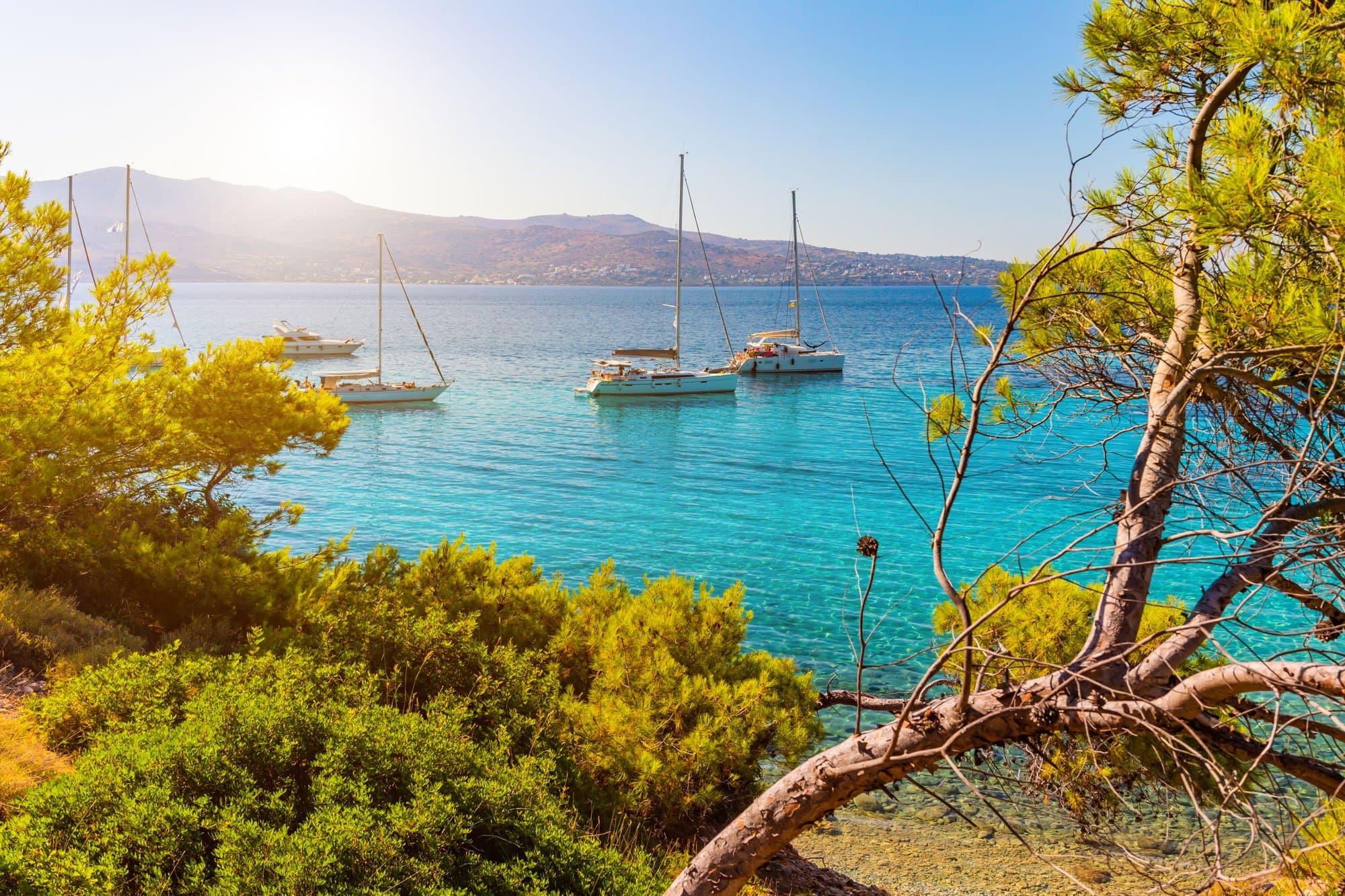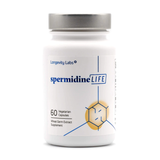
We are all looking for ways to improve our longevity. That’s why so much research has been conducted on the five blue zones in recent years. So, what is a blue zone area? These blue zones feature some of the largest populations of centenarians in the world.
What Are The 5 Blue Zones?
Author and National Geographic explorer Dan Buettner has spent the last several decades trying to identify spots where people live the longest. In his travels and research, he has found five areas he coins a ‘blue zone’. These areas have a high population of centenarians and it also has clusters of people who have grown without health problems like heart disease, cancer, or diabetes. The five blue zones are:
- Ikaria, Greece
- Okinawa, Japan
- Ogliastra Region, Sardinia
- Loma Linda, California
- Nicoya Peninsula, Costa Rica
As you can see from a blue zone map, these areas are in completely different parts of the world. This may make you wonder, what makes a blue zone if it’s not geographic location? There are several different factors that go into an area being classified as a blue zone but one big similarity is the diet these regions share.

What is the Blue Zone Fasting Diet?
Rather than be called the blue zone diet, it should be called the blue zone lifestyle. Even though these five zones have similar eating patterns, their blue zone diets can be drastically different. What someone eats in Okinawa will be vastly different than what someone eats in California. But they each follow a form of longevity diet and practice these dietary habits:
- Stop eating when your stomach is 80% full to avoid weight gain
- Eat the smallest meal of the day in the evening
- Eat mostly plants, especially beans
- Only eat meat in portions of three to four ounces
- Most blue zoners eat meat five times a month on average
- Drink alcohol moderately and regularly
It is important to note that a blue zone diet book would mostly consist of recipes that are very plant-based. While blue zoners aren’t vegetarian or vegan, they rarely eat meat, and can be considered blue zones vegan. The lack of red meat helps prevent cardiovascular diseases which plague most of the United States.
Do Blue Zones Drink Coffee?
Have you ever researched a diet just to throw it out the window the second you see you’re not allowed to drink coffee? Or maybe you’re only allowed to have one small cup a day. Luckily, blue zoners drink coffee and they drink it regularly.
Most centenarians in blue zones regions drink up to two or three cups of black coffee per day. There are studies and research that point to the fact that coffee, both decaf and caffeinated, can help increase your longevity. Coffee beans contain minerals and vitamins such as calcium, magnesium, phosphorus, and potassium. These minerals help promote autophagy in the body, which is crucial for your longevity.

What Are Blue Zone Foods For Breakfast?
Blue zones coffee is an important part of your daily routine but so are eggs for many people. Do blue zones eat eggs? People in all of the blue zones eat eggs about two to four times per week, usually as a side dish with a whole-grain or plant-based meal.
Keep in mind, most people in the blue zone eat eggs that come from chickens that range freely, eat a wide variety of natural foods, and don’t receive hormones or antibiotics. These types of eggs are typically higher in omega-3 fatty acids. Blue zone diet breakfasts often consist of eggs and other longevity foods such as beans, almonds, and olives.
Do They Eat Fish?
Remember, blue zone diets consist of 95% plant-based foods so fish is not a common part of a blue zones fasting. However, some areas in the blue zones see diets where people eat up to three small servings of fish a week. The fish being eaten are small and inexpensive fish such as sardines, anchovies, and cod.
These fish are common because they are not exposed to the high levels of mercury or other chemicals that plague our fish supply. Blue zoners live off their environment so they can’t afford to wreak havoc on their ecosystem by overfishing the waters. You can eat fish on the blue zone diet but it’s recommended that you eat it sparingly.
How About Dairy?
Milk from cows does not play a significant part of any blue zone diet. With that in mind, you may have to reduce your dairy intake if you are planning on starting the blue zone diet. This can provide added benefits as nearly 60% of people may unknowingly have some difficulty digesting lactose.
Whole milk from cows isn’t common, goat and sheep milk products are prominent in the Ikarian and Sardinian blue zones. In these areas, goat’s milk is not consumed as a liquid, rather fermented as yogurt, sour milk, or cheese. Goat milk also contains lactase which is an enzyme that helps the body digest lactose.

What Can You Eat on The Blue Zone Diet?
Remember, the food consumed in these blue zones vary drastically from region to region. However, most blue zone diets are primarily plant-based, with as much as 95% of daily food intake coming from vegetables, fruits, grains, and legumes. These blue zone superfoods help the body fight off the dreaded effects of aging. Here is a short blue zone diet food list:
- Legumes
- Dark leafy greens
- Nuts
- Olive oil
- Oatmeal
- Blueberries
- Barley
To get a better understanding of the diet, you should research what certain regions in the blue zone eat. This will help you get a better idea of the food that best supports longevity.
What Foods Are You Not Allowed to Eat on a Blue Zone Diet?
When it comes to living longer, the foods that you don’t eat are just as important as the foods you do eat. Certain foods can cause negative reactions in your body and can prevent things like autophagy from occurring. Without autophagy, your body will have a difficult time replacing old and dying cells with newer, healthier ones.
Here are some foods to avoid to live longer:
- Sugar-sweetened beverages
- Salty snacks
- Packaged sweets
- Processed meats
As is the case with any other diet, just because you’re supposed to avoid these foods doesn’t mean you can never enjoy them again. You should treat yourself every once in a while or else you will burn out and return to old, potentially harmful eating habits. Try to limit your consumption of these foods to once a week or maybe even once or twice a month.
Do Blue Zones Fast?
A key part of many of the longevity diets in the blue zones is fasting. For example, Icarians are typically Greek Orthodox Christians, which means they fast for religious holidays throughout the year. Studies have found that during these holidays, fasting has led to lower blood cholesterol and lower body mass index.
On top of fasting, the blue zones diet practices calorie restrictions, which limits the amount that you eat in a day. Okinawans follow an 80% rule, which means they stop eating when they feel 80% full rather than 100% full. This prevents them from eating too many calories, which can lead to weight gain and chronic disease. Fasting and calorie restrictions are two ways to promote autophagy throughout the body.
How Long Do You Fast For Autophagy?
Autophagy fasting is a strategy implemented in many different diets to help reduce the effects of aging. However, fasting for autophagy can be fairly daunting. Most experts agree that the autophagy process initiates in humans after 18-20 hours of fasting. Maximum benefits occur once the 48-72 hour mark has been reached.
Now, this isn’t to say that you need to be starving yourself for days on end to achieve autophagy. Doing smaller fasting intervals such as intermittent fasting will still give you some benefits. But periodically, maybe a few times a year, you should consider a longer fast to fully activate autophagy.

Does Intermittent Fasting Increase Lifespan?
Research has found that intermittent fasting can help with weight loss and can prevent diseases. Blue zone diet weight loss is a type of diet that focuses on eating food from the five blue zones, which are the parts of the world where people live the longest and healthiest lives. As you can imagine, preventing diseases can go a long way in helping you increase your longevity. Blue zones intermittent fasting typically sees users abstaining from food for 16 to 18 hours a day. Here are some intermittent fasting benefits:
- Promotes autophagy
- Weight loss
- Lower risk of type 2 diabetes
- Reduce the effects of oxidative stress and inflammation in the body
- Improved heart health
As is the case with most diets, you should consult with your doctor before starting intermittent fasting. Some people’s diets call for consistent eating throughout the day.
Autophagy Supplements
In order to maximize the results of a blue zone diet, you should pair your meals with autophagy supplements. These supplements will help make sure you get the nutrients you need to fight the ongoing battle with aging. Supplements such as spermidine supplements can help promote autophagy throughout the body.
Unfortunately, most people fail to reach their recommended daily dose of spermidine. You can hit your recommended daily dose by eating foods like potatoes, soybeans, peas, and chicken, which are high in spermidine. You can also take a spermidine supplement with your dinner to ensure you’re getting the exact amount that you need.
Listen to the article here:







